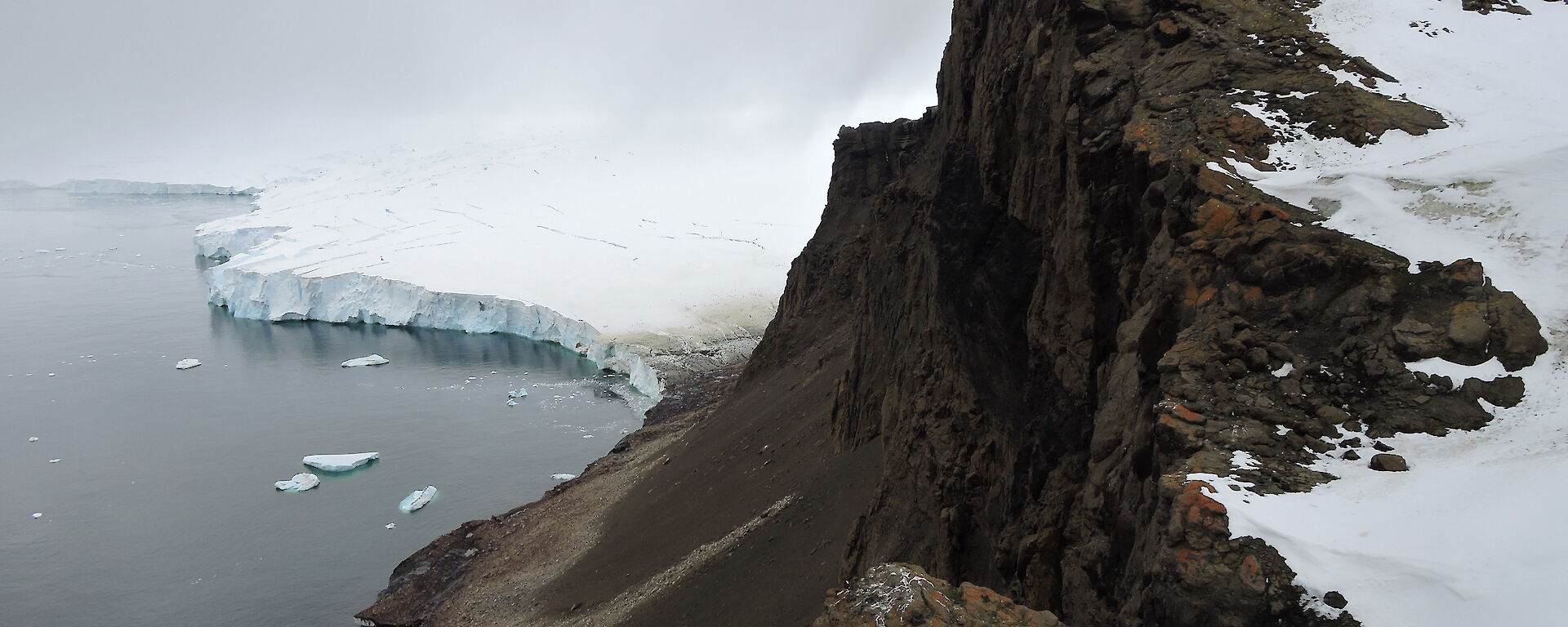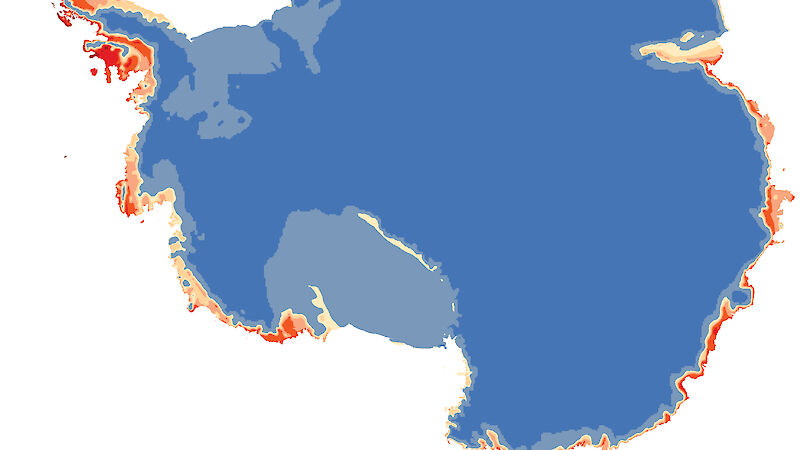The study is the first to examine the impact of climate change on ice-free areas in Antarctica, which currently cover less than one per cent of the continent, yet are home to almost all the continent’s flora and fauna.
Led by University of Queensland PhD student Jasmine Lee, and Australian Antarctic Division senior research scientist Dr Aleks Terauds, the research shows a warming climate will cause isolated ice-free areas to expand and join together.
“We predict that melt across the Antarctic continent will lead to the emergence of between 2100km2 (3 per cent) and 17 267 km2 (25 per cent) of new ice-free areas by the end of this century,” Dr Terauds said.
“While this could provide new areas for native species to colonise, it could also result in the spread of invasive and non-native species and the extinction of less competitive native species.
“The Antarctic Peninsula shows the greatest projected change, with more isolated impacts along the East Antarctic coastline.”
Ms Lee said the research team used models to examine the impact of climate change on ice-free areas under two carbon dioxide emissions scenarios, adopted by the Intergovernmental Panel on Climate Change Fifth Assessment Report.
“By combining air temperature, solar radiation, projected precipitation changes and spatial information on current ice-free areas and ice coverage, we have quantified, for the first time, the potential impacts of climate change on ice free areas,” Ms Lee said.
Permanently ice-free areas range in size from less than one square kilometre to thousands of square kilometres and are important breeding grounds for seals and seabirds. They are also home to small invertebrates, such as springtails and nematodes, and vegetation including fungi, lichen and moss.
Ms Lee said the findings of the study were especially important given the restricted distribution of many of these species, which are often only present in a single region across the continent, or even a single ice-free area.
“Geographic isolation and lack of connectivity has largely sheltered terrestrial Antarctic organisms from dispersing species and inter-species competition,” she said.
“How they will cope with increasing connectivity and competition from invasive species is largely unknown. So understanding the effect of expanding ice-free areas is essential if we are to fully understand the implications of climate change in Antarctica.”
Dr Terauds said the models of expanding ice-free areas could be used to help identify sites that should be protected, or to pinpoint high risk areas that would benefit from increased biosecurity to minimise alien species incursions.
Eliza Grey and Wendy Pyper
Australian Antarctic Division



